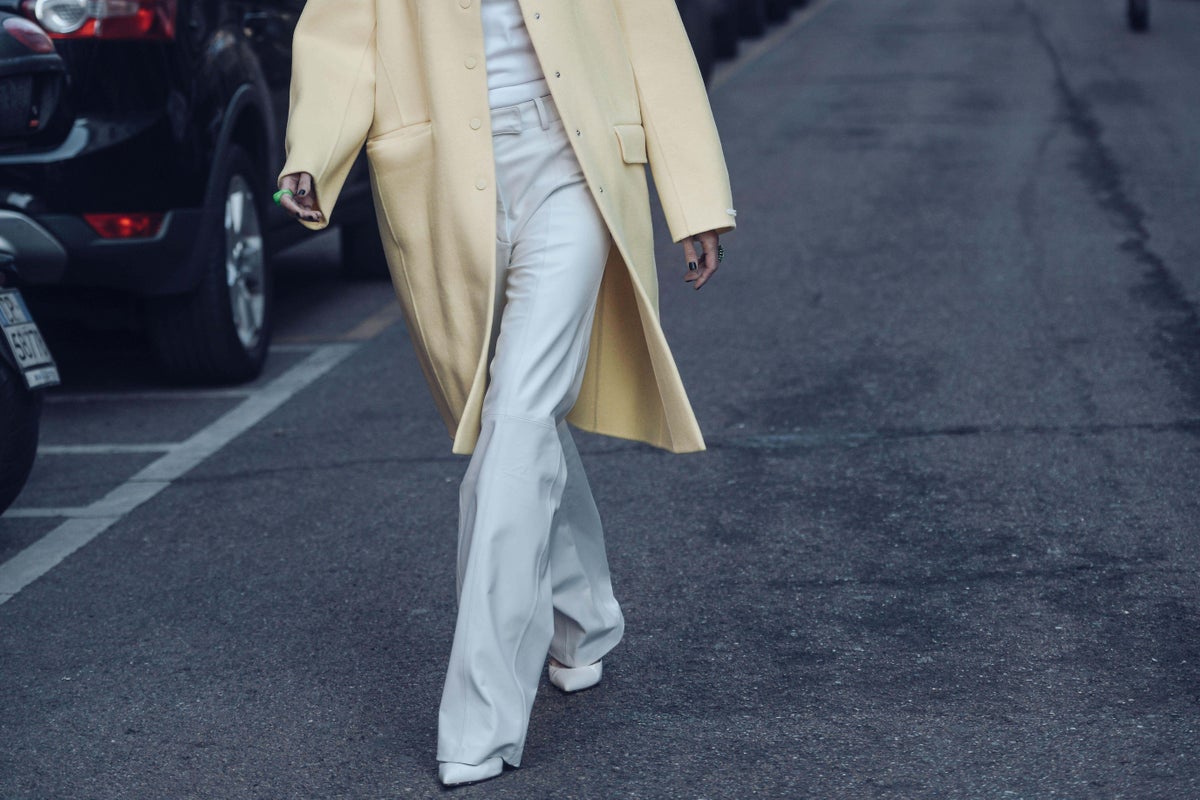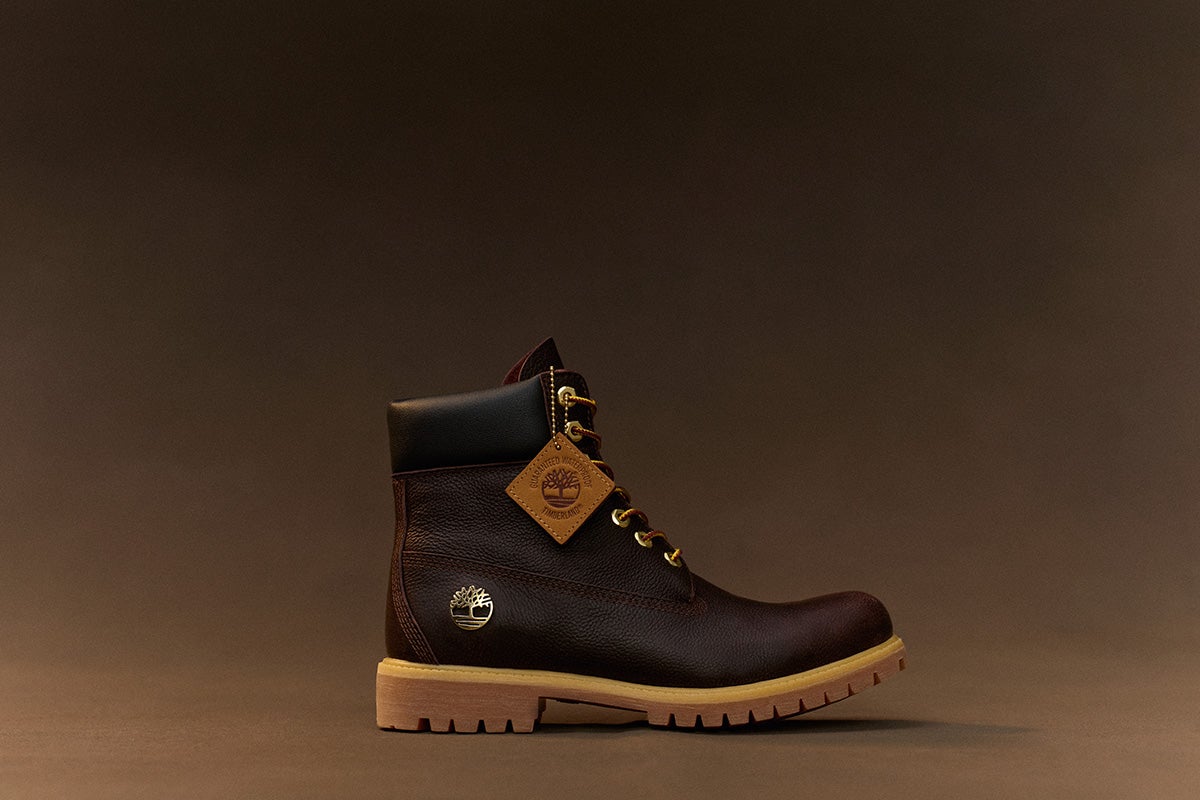It sounds like the start of a bad joke: a live elephant wearing a costume from A Passage to India walks into a Los Angeles arts centre and hands the star of Flashdance an envelope. But this unlikely scenario actually did take place at the 1985 Oscars. In fact, scenes like these were by that point a regular sight at the annual event, as part of a now-defunct, mid-ceremony fashion show intended to honour the nominees in the Best Costume Design category.
While the sartorially minded elephant helped make the 1985 fashion show easily the most unhinged of these affairs in Oscar memory, it had some competition: there was the hairy performer in full Planet of the Apes garb leaping up from his seat to dance with Jane Fonda in 1969, regency men in Valmont regalia breakdancing their way across the catwalk in 1990, and Pierce Brosnan, Naomi Campbell and Claudia Schiffer introducing a Fashion Week-ready parade of Braveheart kilts, 12 Monkeys spacesuits and Sense and Sensibility gowns in 1996. Tyra Banks was one of the models that year, because of course.
This fashion fever dream will be forever famous on social media, where clips resurface every January or February as the Oscars approach (this year’s ceremony falls on 3 March). Viewers will routinely use the comments sections of Instagram and TikTok to beg for the Best Costume Design presentation to make its return – but the Academy never listens. Because, though this star-studded spectacle might be a crowd-pleaser, the catwalk brought with it its fair share of drama…
Associate producer Tessa Rayner, then 38, never wanted to go to the Oscars. She made TV adverts and music videos instead of films, and couldn’t be bothered to fight through LA traffic to get to the downtown Dorothy Chandler Pavilion theatre a few days before the 1996 ceremony. But when she was called for help by her good friend June Guterman, who’d been hired to associate produce that year’s Oscar fashion show, Rayner reluctantly volunteered her services. Arriving on the Warner Bros lot in Burbank, she found Tyson Beckford, Tyra Banks and 18 other models all gearing up to walk.
Rehearsals lasted two days and passed by breezily, with true pandemonium only arriving on the day of the ceremony itself. The costume design extravaganza, staged by the acclaimed photographer Matthew Rolston and executive produced by musician Quincy Jones, was set to open the 68th Academy Awards, but all of the show’s participating models had already been promised that they could walk the pre-show red carpet, too. That meant Rayner and her team had to get nearly two dozen supermodels out of their red-carpet looks and into their spacesuits and kilts in under 45 minutes. That many were late to the carpet – having got stuck in that damn LA traffic – didn’t help matters.
“I’m running in and out of the backstage area,” Rayner remembers. “Then Bryan Adams and Lyle Lovett said to this huge security guard, ‘She’s running out and dragging people in. We’re here standing in line. Do you know who [we are]?’ He just looked at them and was like, ‘She’s with Quincy’. That’s probably the most famous [I’ve been] in my entire life.”
Rayner watched the catwalk kick off from the side of the stage, with Jones, Whoopi Goldberg and Mel Gibson nearby. “I had access to everything at the Oscars,” she smiles. “Probably more than Jack Nicholson.”
With missing models, speedy outfit changes, and an air of disapproval from the rest of the industry – the Best Costume Design show was always somewhat magnetised to drama from its inception. “In 1953, they started televising the Oscars,” explains Elizabeth Castaldo Lundén, author of Fashion on the Red Carpet: A History of the Oscars, Fashion and Globalisation. “It had to be a media spectacle so it was entertaining for those at home. So, in 1954 – the second year it happened – they introduced this ‘fashion show’, as NBC announced it. [It was] very controversial.”
Major lay-offs had hit Hollywood in the Forties, and the decision to call the incredibly valuable work of costume designers “fashion” seemed to imply that their work was slightly needless – as if this was mere wardrobe that could be bought off the rack. “That’s disturbing to costume designers,” says Lundén. “They see their craft as something very different … Costume is not just about the garment. It’s about the actor who’s wearing it, and how it helps create a certain character; it’s a piece of fabric working in the context of a mise-en-scène of the whole film: the set, the colours. Fashion? You can wear [that] wherever you want.”
The runway show took a leap from the theatrical to the surreal in 1969 with the introduction of song and dance to proceedings – primarily in a bid to capture a younger audience. That year, a man dressed as Fagin from Carol Reed’s Oliver! – which was nominated for 11 awards on the night – did a little jig to the audience. A couple frolicking in costumes from Franco Zeffirelli’s Romeo and Juliet then accepted the category’s award on behalf of the film’s costume designer – and not with a speech but with an interpretive dance performance.
“[It was] just terrible,” reflects Lundén. “Dancers come out of nowhere with a whole choreography. It’s like Broadway – an All That Jazz moment. It’s a complete decontextualisation of the designs. I’m sure whoever is doing it feels like they’re enhancing the costume because they’re giving it a place in the show. But, unfortunately, it doesn’t land like that for costume designers.”
James Acheson was three sheets to the wind when he won the Best Costume Design gong for his work on Michael Hoffman’s star-studded period drama Restoration in 1996. In his acceptance speech, (“one of the shortest in history”, Acheson claims) he forgot to thank the director – who never hired him again – and could no longer remember the name of his wife, who he’d been partying with for hours pre-ceremony. That night’s fashion show, carefully rehearsed by Rayner and the rest of her team, had been obliterated from his memory via booze. But in the morning, when he reviewed the footage, he was horrified. “I remember thinking at the time, this is really bizarre,” he says. “And I got more and more upset the more I watched. They never actually say the name of the nominees… only the models. So, I was very angry. And I told [Matthew Rolston] so.”
Acheson rang Rolston’s office and kicked off. “Strangely, he was shocked,” the costume designer says. “I think he was expecting me to congratulate him. I didn’t. It seemed to me we’d been hijacked. A takeover by the photographer and his fashion models … Costume design is not fashion. It’s about supporting the performance, the actor, and the vision of the director. Within an hour, I had a very elaborate display of orchids arrive at my hotel, which I was a bit pissed off about because I was leaving town and had to give the flowers to reception. And the one thing the Four Seasons Hotel doesn’t need more of is flowers.”
After 1996, Best Costume runway fashion shows vanished from the Oscars altogether. Instead, light-of-touch references to costume design infiltrated the ceremonies as comic relief: Whoopi Goldberg, for example, opened the 1999 awards show dressed as Queen Elizabeth I from Shakespeare in Love. “Instead of a display of costumes, costume sketches have become more frequent,” says Lundén, who claims the more respect a producer has for costume design, the less likely they are to indulge audiences with a huge fashion spectacle. Hence why it’s disappeared and reappeared over the past 70 years, depending on who’s producing. “It’s this dichotomy of, ‘Is the awards show a private event for the film community? Or is it a media event for the audience?’” she asks. “There wouldn’t be a [televised] Oscars if it wasn’t a spectacle.”
Almost three decades after Rolston’s show, though, those who discover it remain bowled over by the eccentricity, famous faces and glamour on display. “This is the year to bring this back!” one fan commented on a recent TikTok clip, with thousands more users chiming in to agree. “Wicked? Nosferatu? Gladiator II?” they enthused, listing a handful of elaborate wardrobes among this year’s nominees.
“Get Conclave up there,” cackles Acheson when I ask if the segment should make a comeback. “With everything going on in America at the moment, a bunch of cardinals walking across the stage at the Oscars would be kind of fun, wouldn’t it?”
Source: independent.co.uk



